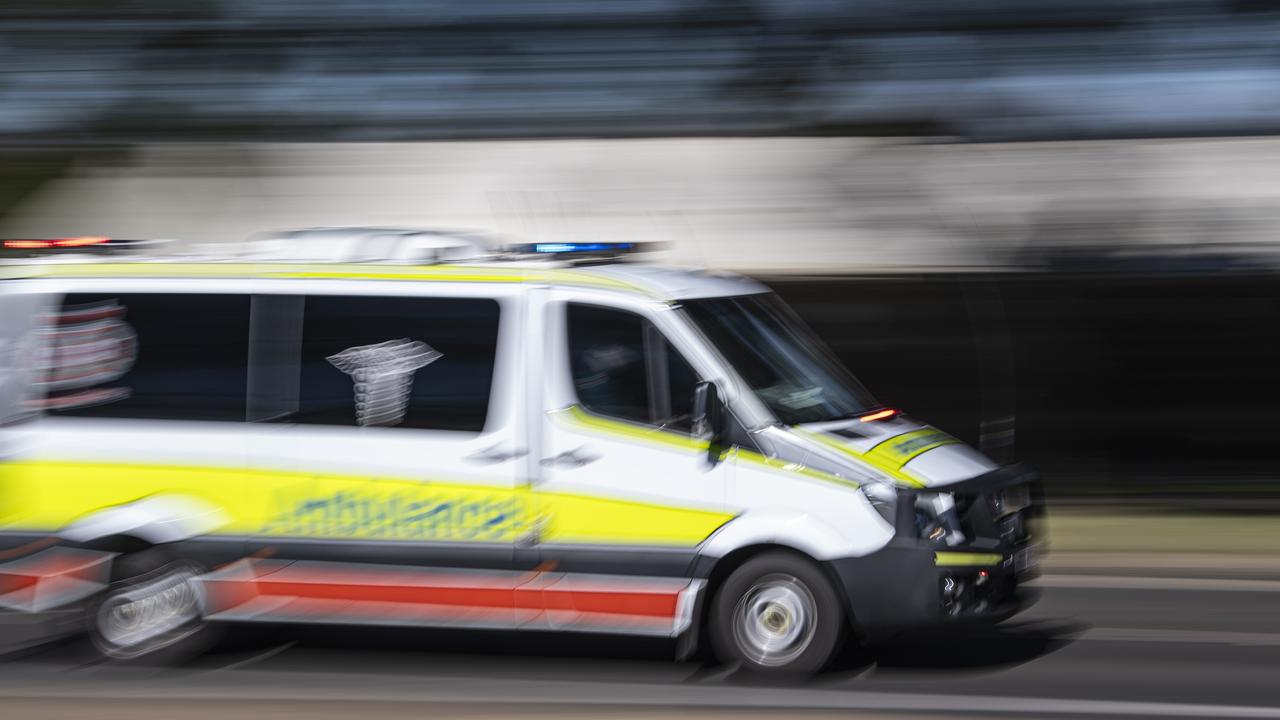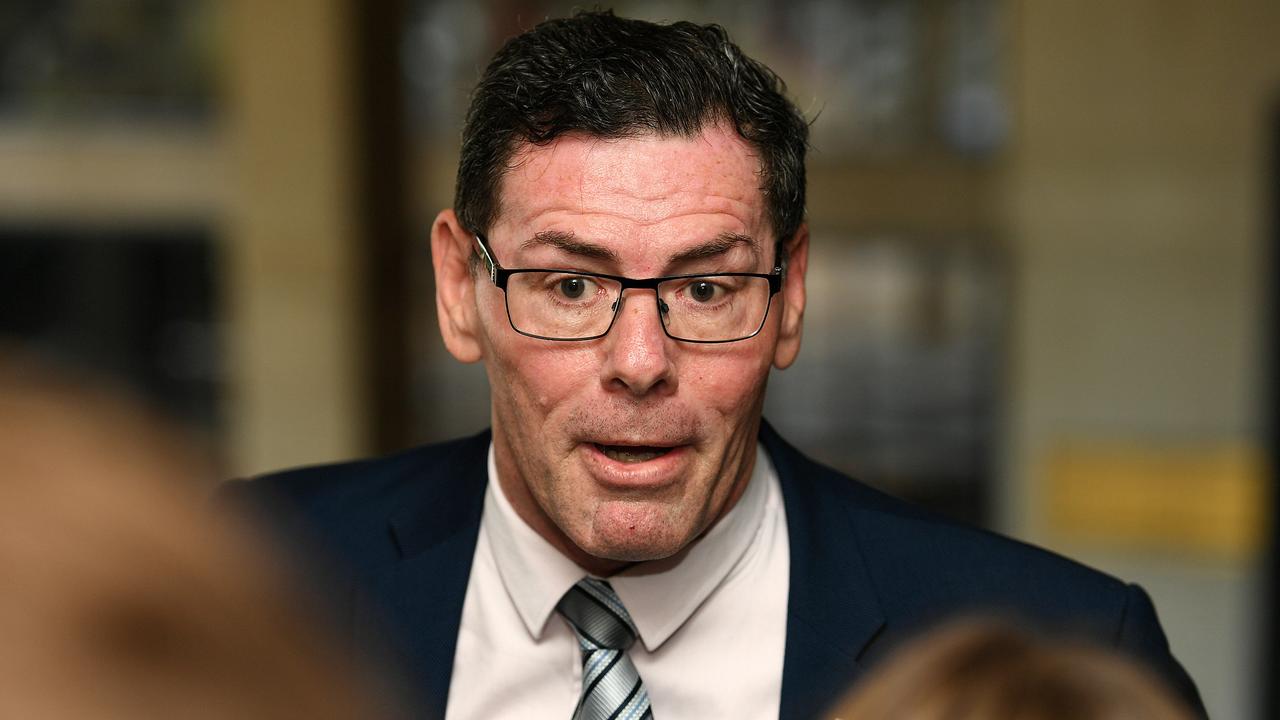Mayor Hill explains how work was progressing on Townsville’s major multi-year projects
Townsville Mayor Jenny Hill has taken the Townsville Bulletin on a roadtrip to see how some of the city’s biggest infrastructure builds were progressing. See them for yourself.
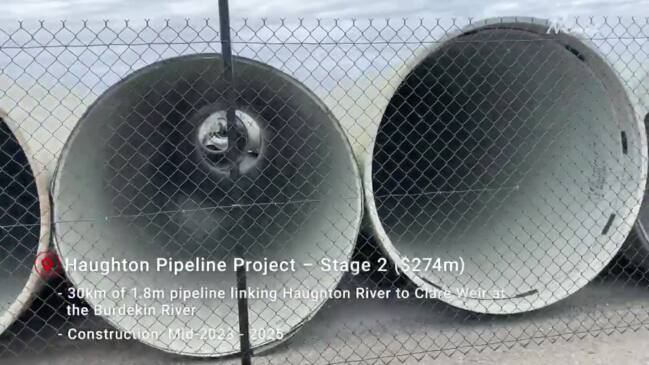
Townsville
Don't miss out on the headlines from Townsville. Followed categories will be added to My News.
Townsville City Council is powering ahead with several major multi-year projects that promise to generate employment, position it as an industrial powerhouse, and secure its future.
Keen to brief the community on the progress of these key projects, Townsville mayor Jenny Hill took the Townsville Bulletin on an exclusive behind the scenes road trip to witness these projects first hand.
They included construction on the No-Name Road access road at the Lansdown Eco-industrial Precinct, the Ross River Dam to Douglas Water Treatment Plant Pipeline Duplication, the upgrade of the Douglas Water Treatment Plant water clarifiers, and Stage two of the Haughton Pipeline Project.
Cr Hill explained why each of the projects was so important for Townsville, how they would support the city into the future, and why she was determined to make them happen.
Lansdown Eco-industrial Precinct

On the 40km journey south of Townsville to Woodstock, Cr Hill explained how Townsville City Council purchased the 22sqkm of land where the Lansdown Eco-industrial Precinct (LEIP) from the state for just over $2 million in 2001.
The vision to become Northern Australia’s foremost precinct for advanced manufacturing, processing, technology and emerging industries.
While council waited to develop the land, she said it had almost paid for itself through agistment – feeding livestock – while funding partners tipped in $74m.
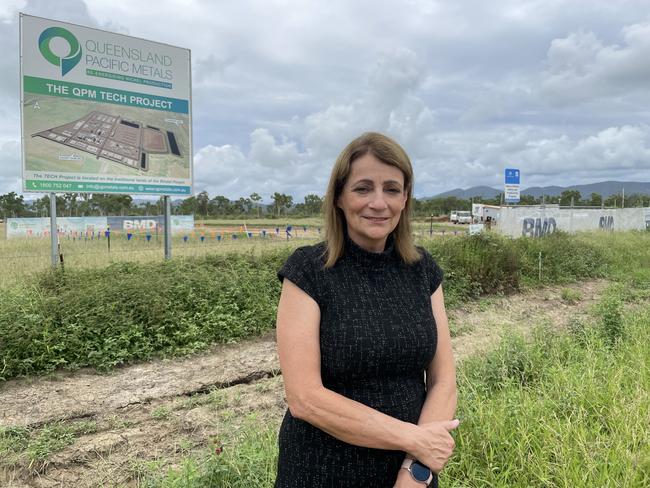
“We’ve got the rail corridor, the high voltage power line, a heavy vehicle road access, which goes directly to a port,” Cr Hill said.
“We’ve done everything we can to ensure this precinct will be viewed by anyone that purchases products from here, will hopefully meet all of the green credentials.”
Given that the road between the Port Access road and LEIP remained open during the big wet of 2019, it created certainty about it being an ideal site to set up industry.
Lansdown builds upon the city’s major investment in reliable water supply (Haughton Pipeline) and Townsville’s recent designation as a national Hydrogen Hub.
Work was well underway at the No Name Road construction site, off Jones Rd, building a 1.7km road to the Lansdown boundary and the proposed Queensland Pacific Metals (QPM) site.
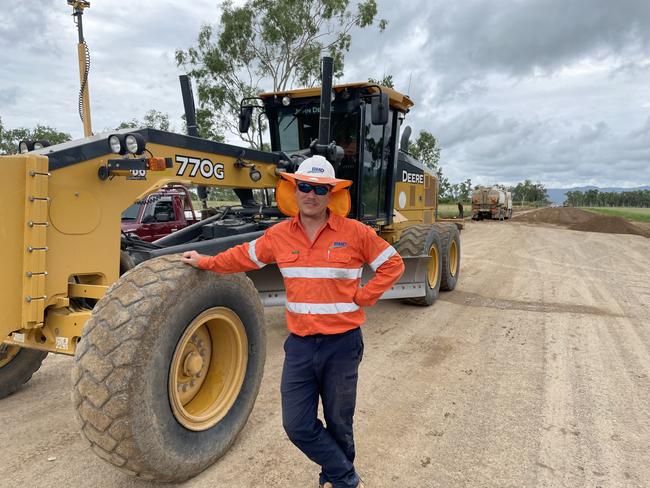
Construction was due to complete in the coming months, weather permitting.
The mayor said the LEIP would help the city survive into the future by supporting its transition into other industries.
These industries would create high paying roles, attract talent to the region, with the wealth shared throughout the local economy.
As of December 31, 2022, six proponents have conditionally been allocated land in the precinct following tender processes conducted by Council: QPM, Edify Energy, RTE Energy Pty Ltd, Origin Energy Future Fuels Pty Ltd, Solquartz Pty Ltd and the North Queensland Gas Pipeline.
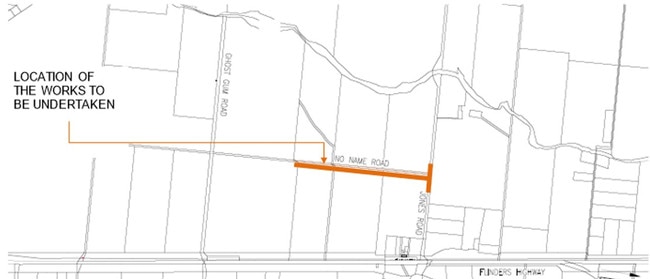
Council approved the first development application over land at the precinct in September 2021, for Edify Energy to build and operate a green hydrogen production plant.
In December 2022, TCC approved the development application for QPM to build their Townsville Energy Chemicals Hub (TECH) project.
Processing up to 1.5 million wet metric tonnes of ore per annum, the “prescribed project” was expected to create up to 800 jobs during construction and employ around 300 operational workers.
Haughton Pipeline Stage 2
A protracted period of drought, which saw the dam level plunge to 14 per cent capacity in 2016 and 2018, highlighted the need for Townsville to have a backup option to ensure its water supply.
With no plan on the horizon to significantly lift the Burdekin Dam wall, Cr Hill said council was forced to pursue an alternative strategy to provide Townsville with much-needed water security into the future – the Haughton Pipeline.
The $474m project will eventually connect the Ross River Dam to the Burdekin River, delivering raw water to “top up” Townsville’s water supply during periods of very low rainfall.
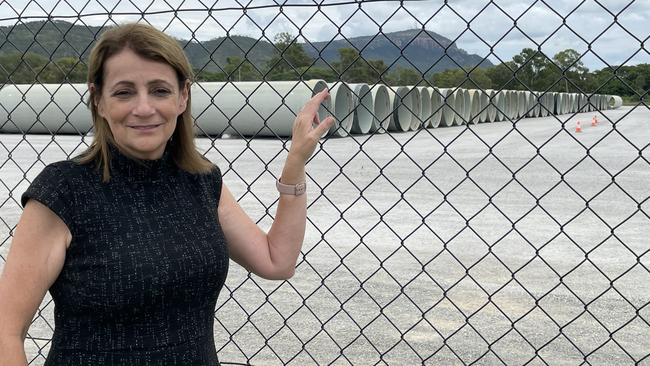
With Stage one complete, the $274m second stage, funded by TCC and the state government, would see the 1.8m diameter pipeline extended 30km from the Haughton River to the Clare Weir.
The mayor said TCC was forced to contribute $79m to the project after a delay in the flow of $195m in federal government funding, preventing the first stage’s resources from rolling straight into stage two.
“I’d argue for the community, it’s money that means that we can guarantee them a supply of water,” she said.
With the region’s population expected to explode over the coming decades, combined with increasing industry demand for water, she said the pipeline supported the future growth of the city.

Cr Hill said there was a “sweet spot” in the dam level where pumping would be done to minimise evaporation.
With ratepayers having to foot the bill for pumping up to 364 megalitres per day, she said they were “looking for a more affordable solution at the moment”, with “discussions underway with a third party”.
“When you look at the timelines for floods and droughts, hopefully we won’t have to pump more than once every seven years,” she said.
After beginning preliminary work on Stage two in 2020, this year will see pipe installation commence in June, construction start in July, with the project completed by January 2025.
Ross River Dam to Douglas Water Treatment Plant Pipeline Duplication
Established in 1971, the ageing 9.5km pipeline which connects the Ross Dam with the Douglas Water Treatment Plant, runs under Riverway Drive before crossing Ross River.
When the pipe burst near the treatment plant in December 2020, residents were forced to cut back on their water consumption while hasty repairs were made.
“We had to shut the water off and had to say to people … there’s enough water in the reservoirs for three days for showering and for cooking,” Cr Hill said.
Without a back up plan and the “fragility of the pipe”, 85 per cent of the city’s water supply remains vulnerable.
“The smartest thing to do is to run a new pipe away from the road corridor, where we can get easier access, and that’s along the Mount Stuart Training Area,” she said.
Work began on the $60m Ross River Dam to Douglas Water Treatment Plant Pipeline Duplication project in August 2022, which will run concurrently in two stages before completing in February 2024.
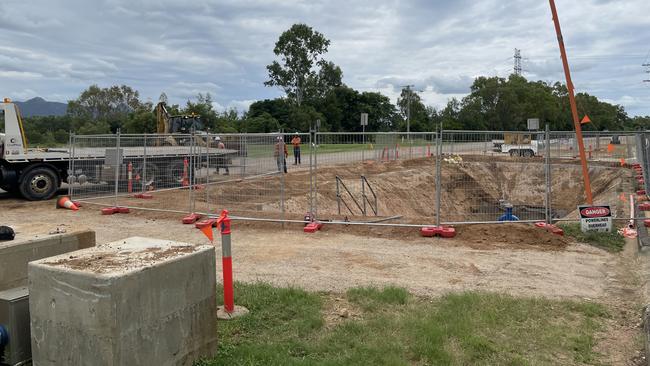
“After what happened in 2020, we don’t want to see that happen again, and having a bit this sort of redundancy in the system, I think gives a bit more security for businesses as well as the community,” she said.
“We’ve also invested in emergency pumps so we can pump directly from the weirs, so we believe we have a level of redundancy that will put us in a better position if a similar thing ever happened again.
“Water is fundamental. You need to have water for a growing city and you need to make sure that it’s available when the community wants it.”
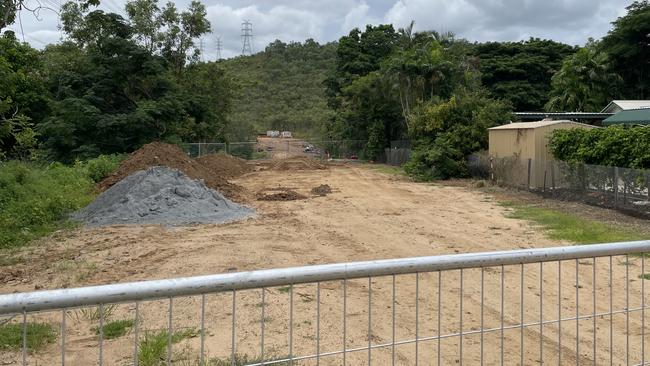
While TMR was carrying out preparatory activities towards the Riverway Drive duplication project, Cr Hill said the major works were waiting on the pipeline’s completion.
“It’s not in a good space and everyone’s worried if they do the Riverway drive duplication, that they’ll damage the pipe,” she said.
Douglas Water Treatment Plant Water Clarifiers
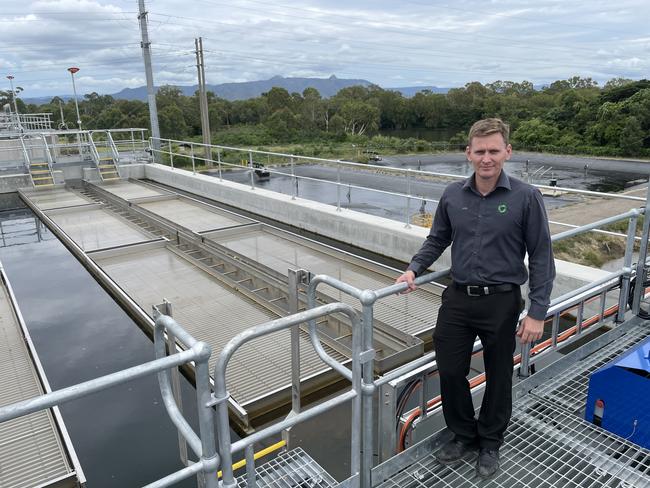
Massive algal blooms growing in Ross River Dam have created a headache for both TCC and residents.
Due to the increased time taken to process drinking water while the bloom was present, water restrictions have remained in place since December.
To combat the problem, a $30m project to upgrade the Douglas Water Treatment Plant’s clarifiers was underway with module three recently going online and module four expected to be complete by May.
Cr Hill said the two new clarifiers provided an “affordable solution” to boost the plant’s filtering capacity to better manage future challenges, and support a growing population.
“(The clarifiers) will pull out the majority of the algae and make it more manageable when it gets to the next stage,” she said.
“(Also) when you have heavy wet weather events, you get a lot of turbidity in the water, and this means we’ll be able to continue to process the same amount of water we normally do.
“Hopefully we’ll be able to continue to give Townsville people the quality of water they expect without the smell or the change of colour.”
More Coverage
Originally published as Mayor Hill explains how work was progressing on Townsville’s major multi-year projects




